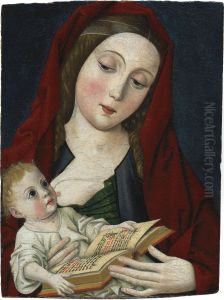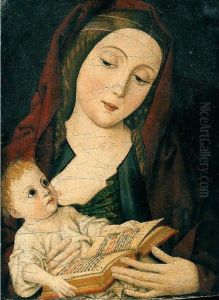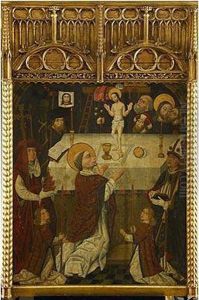Master Of Osma Paintings
The Master of Osma, or the Magister Osma, was a medieval Romanesque painter whose identity remains unknown. He received his name from his association with a series of frescoes in the cathedral of Osma in the province of Soria, Spain. These frescoes are among the most important examples of Romanesque painting in Spain. The Master of Osma was active towards the end of the 12th century and the beginning of the 13th century, a period during which the Romanesque style was at its peak in Europe.
The Master of Osma's work is characterized by its narrative strength, clear iconography, and the use of vivid colors. His figures are presented with a certain stiffness and formality, typical of Romanesque art, which was more concerned with symbolic representation than with naturalism. The frescoes in Osma showcase a series of biblical scenes, including the Last Judgment and episodes from the life of Christ.
Given the lack of documentation, much of what we know about the Master of Osma is derived from stylistic analysis and comparison with other works of the same period. It is likely that he was influenced by other important centers of Romanesque art such as the Poitou and Burgundy regions in France. Moreover, the technical and stylistic features observed in his work suggest that he was a leading figure within a workshop of considerable repute, responsible for the dissemination of the Romanesque style in northern Spain.
The Master of Osma's paintings are not only valuable for their artistic merit but also provide insight into the cultural and religious milieu of the time. Through his work, historians and art enthusiasts are able to gain a better understanding of the iconography, liturgical practices, and the interplay between religious narratives and artistic expression during the late 12th and early 13th centuries.
Despite his anonymity, the Master of Osma's legacy lives on through the frescoes that bear his name, which have been crucial in the study of Romanesque painting and its development in Spain. His works continue to be the subject of scholarly research and are appreciated for their historical significance and beauty.


